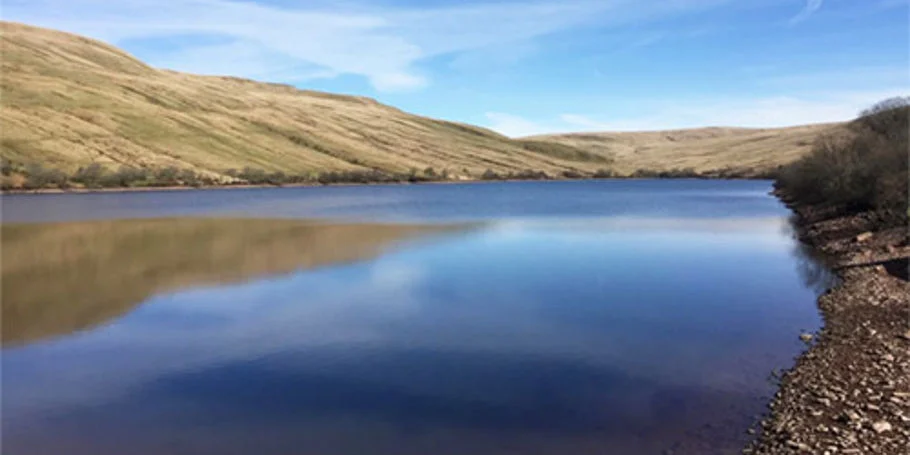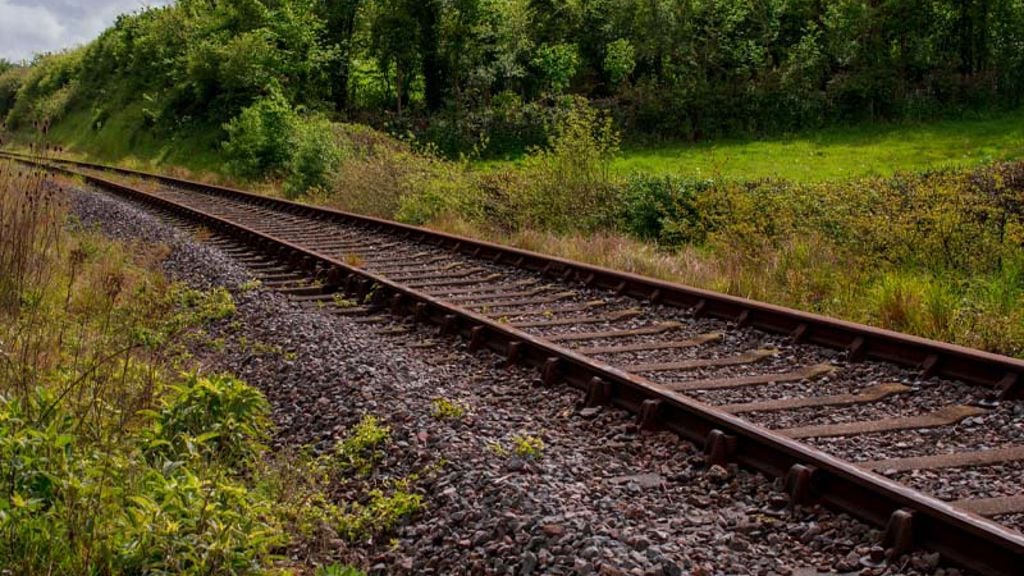These insights helped us develop an equity-weighted risk matrix approach comprised of quantitative metrics and site-specific priorities to ensure that adaptation strategies did not disproportionately advantage wealthier communities. Arup’s risk matrix also accounted for the present value of future damages and impacts that climate change could have on the trail and neighboring communities based on several sea level rise scenarios.
Analyzing risk to create resilience
As the leading partner of the Bay Trail risk assessment, Arup developed an equity-weighted risk matrix that identified priority-trail segments and sites for adaptation using a simple formula: risk = hazard x vulnerability x consequence.
With this framework, we gathered data from eight priority sites located across all points of the Bay Trail. When analyzing each site through the risk matrix formula, we prioritized hazard elements like tidal inundation and extreme wave conditions, vulnerability to erosion and damage from a severe flood event, and the consequences that could result from sea level rise and coastal flooding.
The data gathered from this assessment yielded a range of data-driven conclusions including trail repair costs, ecosystem services, and recreational value for each of the priority segments. The metrics also revealed which segments were most in harm’s way from future flooding.
Harnessing data to model resilience
With actionable insights from the Arup-led risk assessment, our partners used the matrix as a decision-support tool to identify two Bay Trail sites as prototypes for nature-based shoreline adaptation projects: Alameda Point and McLaughlin Eastshore State Park. Design concepts for each site were developed and informed by unique local ecological conditions and opportunities to maximize public access to the shoreline and restoration opportunities through nature-based solutions. Consideration was given to address long-term contamination mitigation and stakeholder collaboration at local, regional, and federal levels.
As many cities in California look to develop coastal resilience and climate adaption plans, stakeholder collaboration along with innovative approaches to analysis and design can provide pathways for a sustainable future.









